

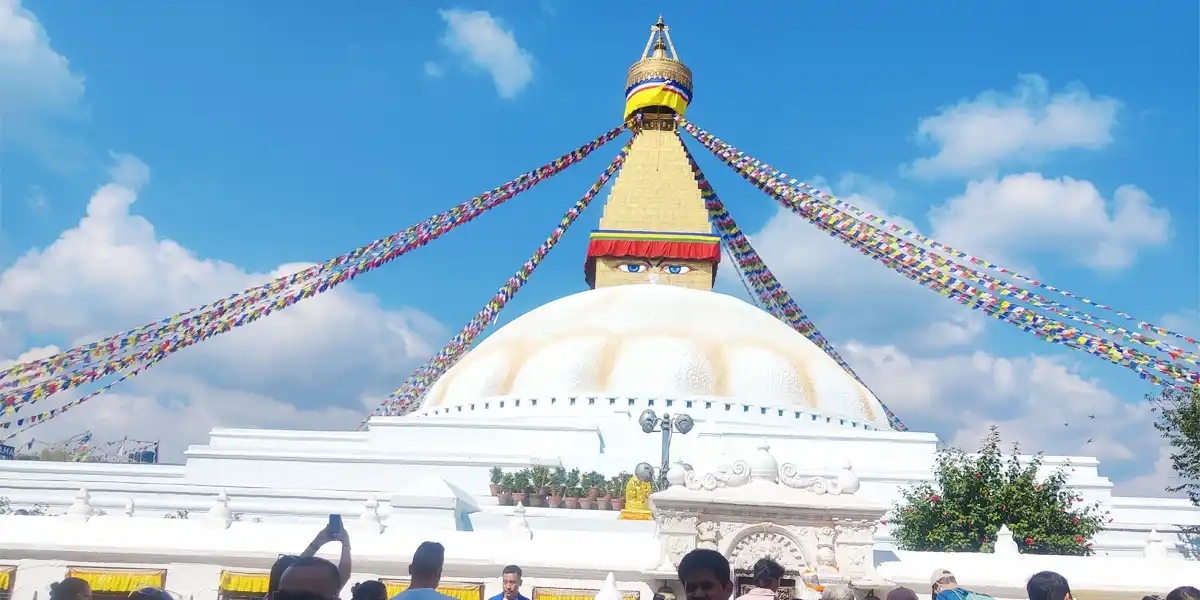
Nepal is very rich in Cultural and natural diversity country in the world. Nepal has 10 natural and cultural heritage sites listed by UNESCO as world heritage sites in Nepal. The UNESCO World Heritage Conventions are places of cultural or natural significance. In common, Nepal has a total of 4 world heritage sites. Those are Kathmandu Valley, Chitwan National Park, Sagarmatha National Park, and Lumbini. In the beginning, UNESCO listed as World Heritage Sites Kathmandu Valley and Sagarmatha National Park in 1979.
Nepal is very rich in Cultural and natural diversity country in the world. Nepal has 10 natural and cultural heritage sites listed by UNESCO as world heritage sites in Nepal. The UNESCO World Heritage Conventions are places of cultural or natural significance. In common, Nepal has a total of 4 world heritage sites. Those are Kathmandu Valley, Chitwan National Park, Sagarmatha National Park, and Lumbini. In the beginning, UNESCO listed as World Heritage Sites Kathmandu Valley and Sagarmatha National Park in 1979. The Chitwan National Park soon followed in 1984 and the final location was Lumbini added in 1997. Each of these places has a prosperity of charming culture, History, or purely natural beauty and miscellany to compromise. Let’s take a closer look at the landmarks, moments, and natural grandeur that have designated these locations to be UNESCO World Heritage sites. Listed below are the top 10 UNESCO World Heritage Sites in Nepal.
Swayambhunath Stupa is one of the oldest monuments in Nepal which is known as the monkey temple nowadays. This origin is tied to the origin of Kathmandu Valley itself. Historical records and inscriptions have traced this stupa complex as far back as 1500 years ago. While religious myths and stories go even further than two thousand years ago. It is said that Swoyambhunath meaning self-sprung, was formed after the lake dried out and gave rise to the current valley. This hilltop Stupa is an amazing mixture of Hindu shrines and Buddhist Stupas. Two different forms of architecture co-exist in harmony. It is supposed 365 steps on the stairs leading up to the hilltop of the Swayambhunath stupa. Aside from being a holy location for Hindus as well as Buddhists, the ideal location also means the view overlooking most of the Kathmandu Valley is superb from here. similarly, Lumbini is another destination out of Kathmandu for Buddhist people which is around 350 kilometers.
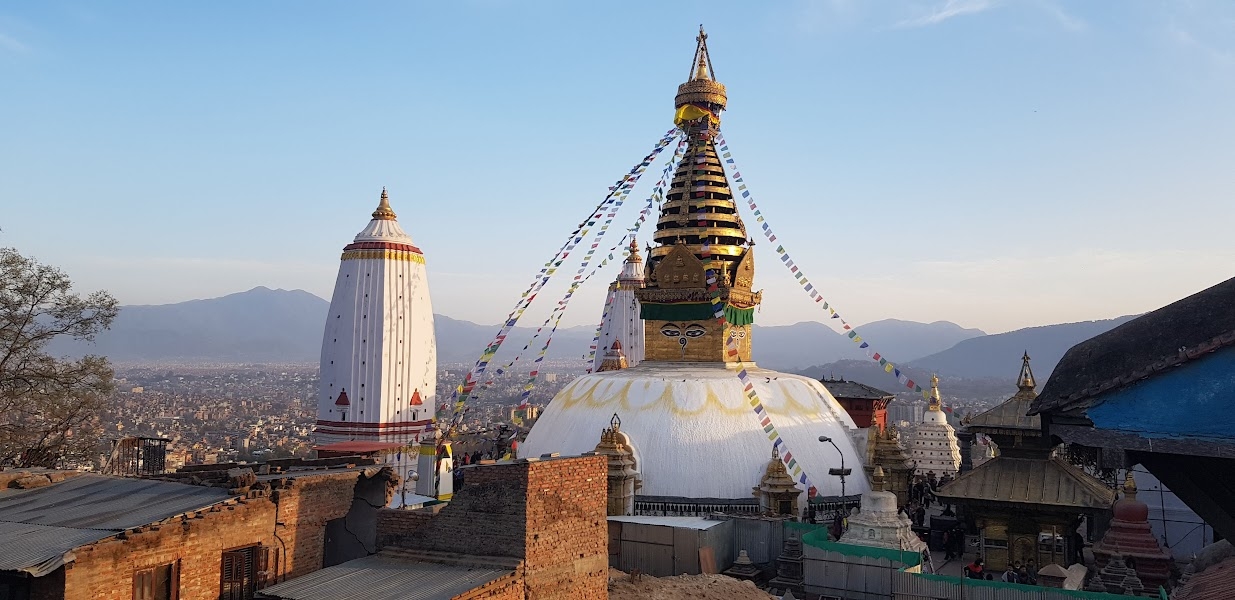
If you are going to Visit Nepal for any purpose either Nepal Trekking or Nepal Tour, Pashupatinath Temple should not leave to visit. Pashupatinath Temple is one of the greatest holy temples in the world for Hindu people. Pashupati is a millennia-old temple dedicated to Lord Shiva. The Temple complex consists of the main Temple and compound, surrounded by various smaller temples, Ashrams, and Sculptures and bordered by the holy Bagmati River to the east. Entry to the main temple is for only Hindus but everyone can observe from hills beside the Bagmati River banks. Witnessing the numerous rituals, formalities, as well as memorials, is attractive knowledge for tourists. A Testament to the importance of this temple is the sheer amount of pilgrims it attracts, particularly during holy occasions like Tee and Shivaratri where visitors number to Hundreds of thousands in a single day. The Pashupatinath Temple was one of the first sites in Nepal to be designated as a UNSECO World Heritage Site in 1997.
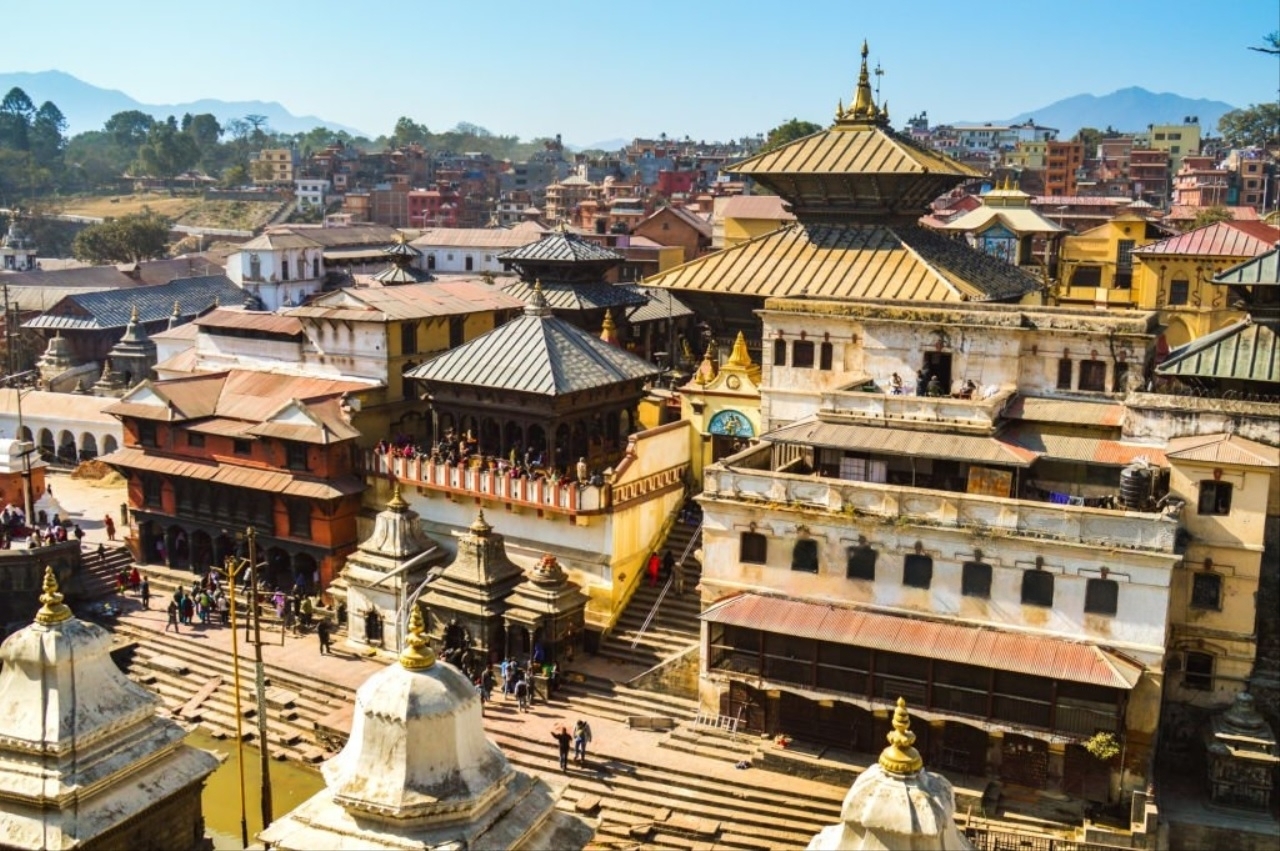
Kathmandu Durbar Square is known as Hanuman Dhoka Palace or Bashantapur Durbar Square. This is one of most three Durbar Squares in the Kathmandu Valley. This was the old royal palace and courtyard of the Mallas and Shahs of Kathmandu with a plethora of Temples and Shrines, the main complex was constructed as early as the 15th century while additional constructions and monuments were added as time went on. The Notable things to explore here include the namesake monument Hanuman Dhoka, Taleju Mandir Nine Story Bashantapur Tower, Tribhuvan Museum, King Mahendra Memorial Museum, Sundari Chock, Kastamandap, Ma-Ajima temple and Kumari house and Kala Bhairab temple in its vicinity.
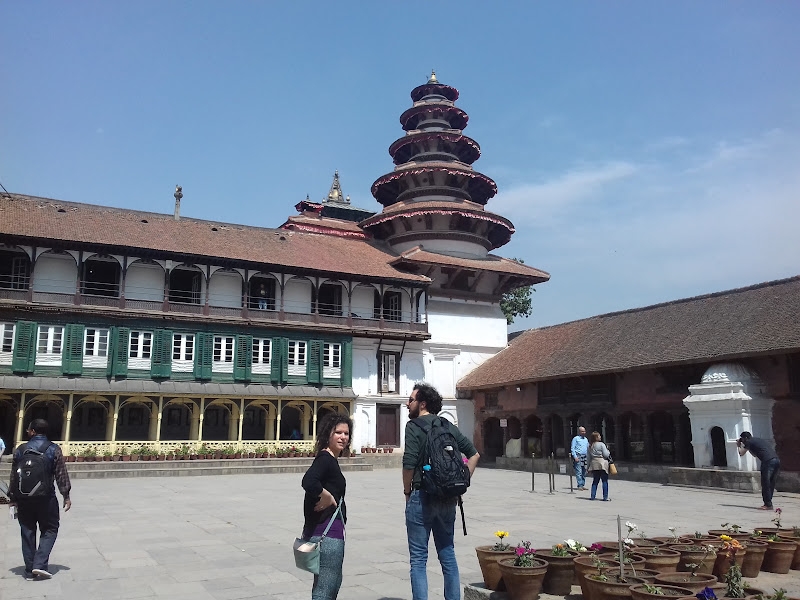
Boudhanath stupa is the counterpart part of Buddhist people. There are a few numbers of Newari people who follow the Tibetan Buddhist myths and legends surrounding this amazing stupa’s origin while records state that it was built by a king Licchhabi king Siva-deva as far back as the 5th Century CE. In present days, Boudhanath is one of the largest stupas in the world and the whole surrounding area is a Buddhist people settlement with over 50 monasteries nearby. The Area of Boudhanath stupa is almost 6 kilometer square. A huge number of Tourists, pilgrims as well as local people visit the Stupa every day. Each people visit their thoughts and regions like pilgrimage purpose or just watching purpose. Chanting monks, Spinning prayer wheels, Flocks of Pigeons, and the smell of incense are just a few factors that make up the unique atmosphere of this area.

Patan Durbar Square is comparable to Kathmandu Durbar Square. It is the old palaces of the kingdom of Patan/ Lalitpur. Most people believe that the town was named after King Yalamber, as patan also translates to Yala. Patan is located around 8 kilometers southeast of central Kathmandu. This Palace complex is an excellent showcase of Newari architecture and craftsman and craftsmanship. The courtyard is dotted with some Hindu as well as Buddhist monuments. Historical records have shown that Emperor Ashoka built parts of Patan Durbar Square. Way back in the third century BCE, the notable places to visit in Patan city include Mahaboudha Temple, Kumbheswor Temple, Krishna Temple Bhimsen Temple, Vishwanath Temple, Harishankar Temple, Golden Temple, Jagat Narayan Temple and Rato Machhendra Temple and many others. Patan Durbar Square is rich in Traditional Culture, History, and architecture. There is a detailed informative Architecture Gallery and the best museum in South Asia.
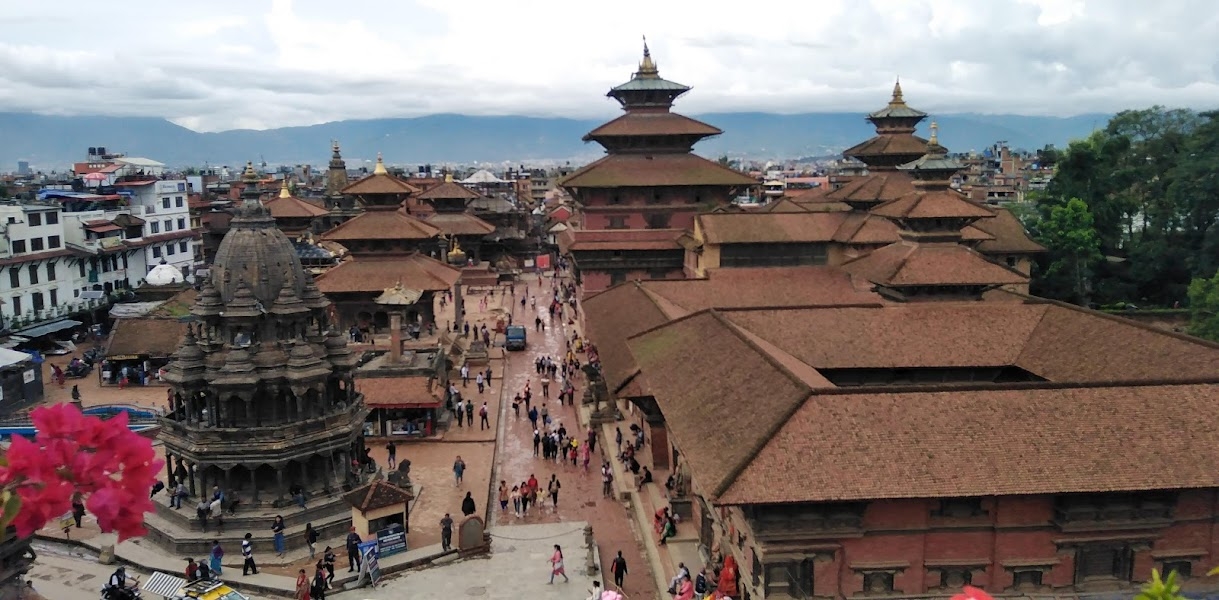
Changunarayan Temple is considered the oldest temple in all of Nepal. Changunarayan is a Hindu Sacred temple dedicated to Lord Vishnu, who is known as the incarnation god of the Hindu religion. This temple is situated on a hilltop that is also known as Changu or Dolagiri. It is surrounded by forest with Champak Tree and a small village known as Changu village.
The Temple is located around 18 kilometers east of central Kathmandu. In Changunarayan stone inscriptions and pillars along with the temple and its various statues themselves have recorded it to be built back in 464 AD. The information center as well as a couple of museums are located in the vicinity if you would like to dwell further into the rich History and fascinating myths of Changunarayan Hill and Temple.
The Bhaktapur Durbar Square is the last of the three old places of Kathmandu Valley. Bhaktapur is known as Khwopa or Bhadgaun, a medieval city located around 14 kilometers east of Central Kathmandu.
Bhaktapur Durbar Square is one of the best showcases of Nepali architecture and craftsmanship. The four squares are in Bhaktapur which is known as Taumadi Square (Nyatapola Square), Dattatreya Square, Pottery Square, and Main Durbar Square. All these collective squares make up the Bhaktapur Durbar Square. The most notable landmarks and monuments include the Lion Gate, Golden Gate, Art Gallery, and Statue of King Bhupatindra Malla. Nyatapola Temple and fifty-five windows kings palace and many more monuments.
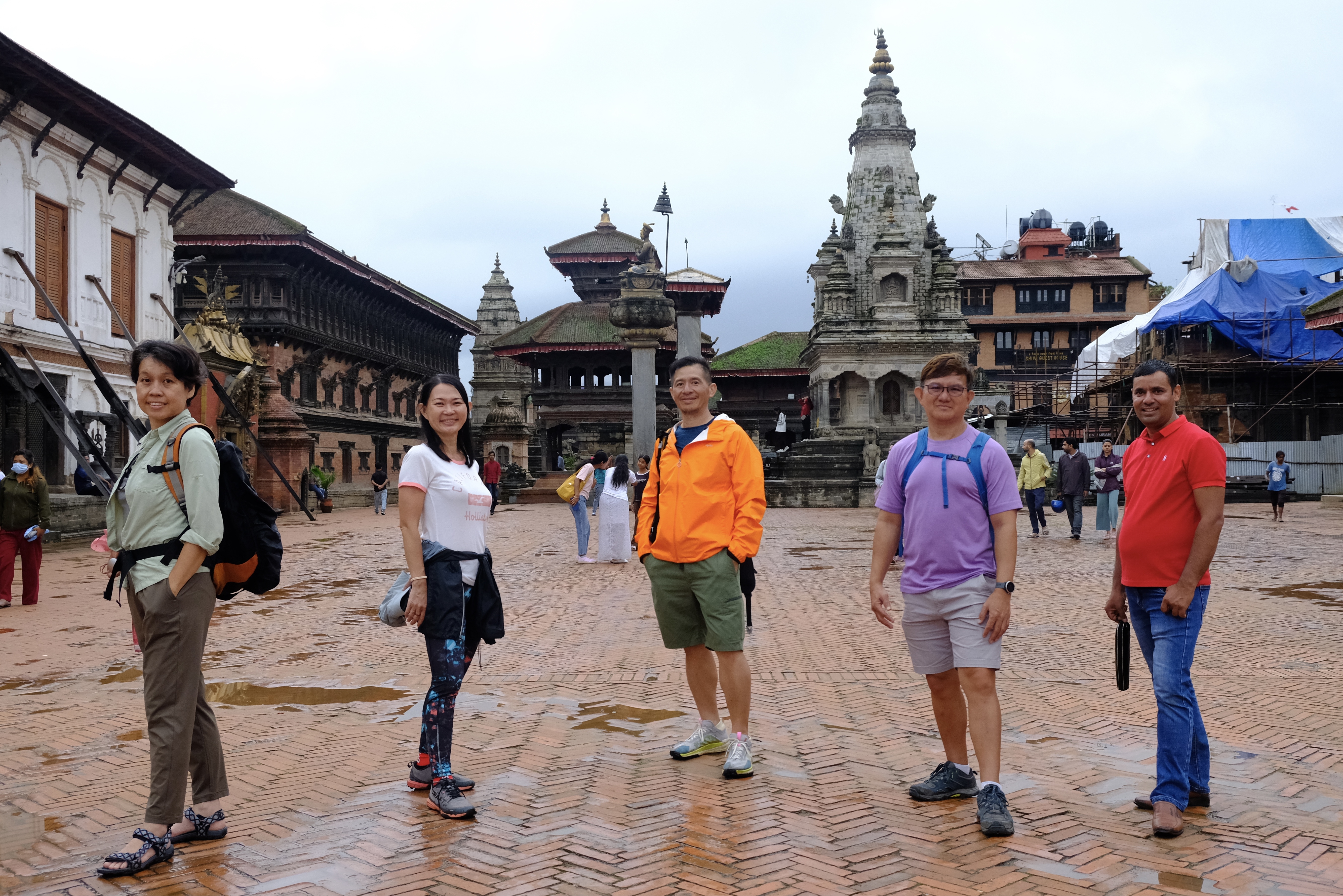
The Chitwan National Park is formerly known as the Royal Chitwan National Park. This is the first National Park of Nepal, being established in 1993. Chitwan National Park stretches over an area of 952 kilometer Square. It has several exciting activities to choose from including Canoeing, Elephant Bathing, Rafting, of course, a Jungle safari, a village walk, a Tharu cultural museum visit, and an Elephant breeding center visit.
Jungle safari in Chitwan is the famous tour package of Nepal for all aged people. It is a reserve for over 700 species of wildlife, from all types of reptiles, and mammals to rare species of birds as well. The Royal Bengal Tiger and the Asian one-horned Rhinoceros are two iconic animals of Chitwan National Park.
In addition to these, clouded leopards, Sloth bears, striped Hyenas, Golden Jackals, Gaurs, Antelopes, Bengal Floricans, Oriental Darters, Kingfishers, Spotted eagles, King Cobra, Rock Pythons, Gharials and Crocodiles kind of the superior well-known species of this national park.
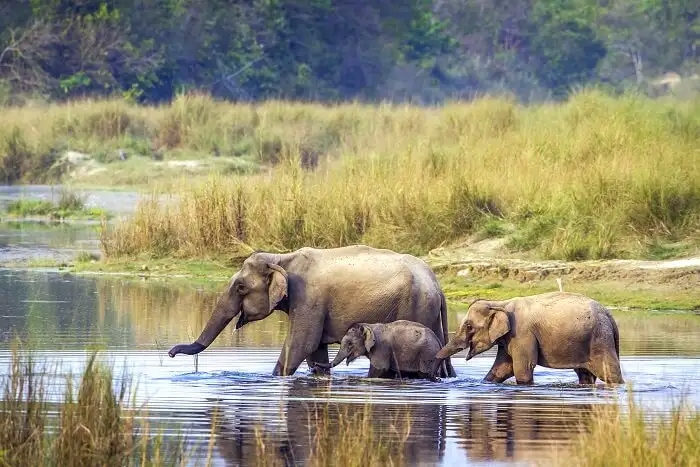
The Sagarmatha National Park is the second national park in Nepal being established in the year of 1986 Just 3 years after its creation. This was designated as a UNESCO World Heritage site, owing to the immense amounts of cultural and natural wealth of this region. The most recognizable part of the Everest region would most certainly be Sagarmatha or Mount Everest.
Mount Everest is the highest peak in the world at 8,848 meters. Aside from Everest, Khumbu Valley is also home to some of the highest peaks in the world along with stunning glaciers, valleys, rivers, and mountains.
The national park itself stretches over an area of 1,148 square kilometers where the Khumbu glacier lies. It is home to a diverse variety of Himalayan flora and fauna including Rhodonderon, silver fir, birch, and blue pine among others. While you explore the Everest region or Sagarmatha national park, there is a possibility of encountering rare mountain wildlife like Red Pandas, Snow cock, Pheasant, Snow pigeons, snow leopards, etc.
There are many trekking and climbing routes renowned inside this Sagarmatha National Park. The Everest base camp trek and Mount Everest Expedition is the most astonishing trip in the world. That’s the main region where people love to do the Everest base camp trek to see the top of the world. Out of this trip, there are several other trekking routes and peak climbing near Everest. You can prepare before Everest Island peak climbing, Labuche Peak climbing are most well-known peak climbing in the Khumbu region.
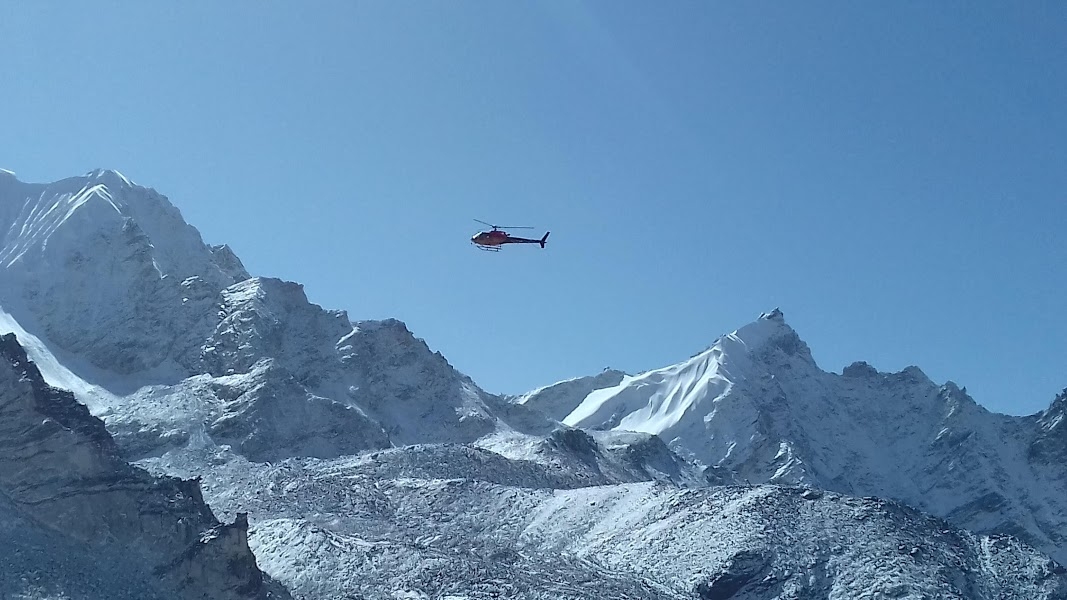
Lumbini is situated around 300 kilometers from Kathmandu to south east side of Nepal. It is the plains of Terai, Lumbini is a religious pilgrimage destination with a lot of history behind it. Lumbini was the last of the four locations in Nepal to be designated as a UNESCO World Heritage Site in 1997. Lumbini is best well known as the Birthplace is Gautama Buddha or Siddhartha Gautama or Shakyamuni. Buddha was born as Shakya prince from around the third Century BCE. They spent decades in self-imposed exile and eventually attained enlightenment to become a Buddha.
His teaching and speech came to be known as Buddhism and spread all over the world through the years. As such, Lumbini is a significant religious site for Buddhist flowers. The major monuments and landmarks to explore here include the Mayadevi Temple, World Peace Pagoda, Nepal Buddha Temple, Burmese Temple, Thai monastery, China Temple, Sacred Garden, Dharmaswami Buddhist Monastery, and more than a Hundred Monastery or Temples dedicated by different countries to make religious purpose. Another important place is Tilaurakot Palace where the king ruled the state from there.

